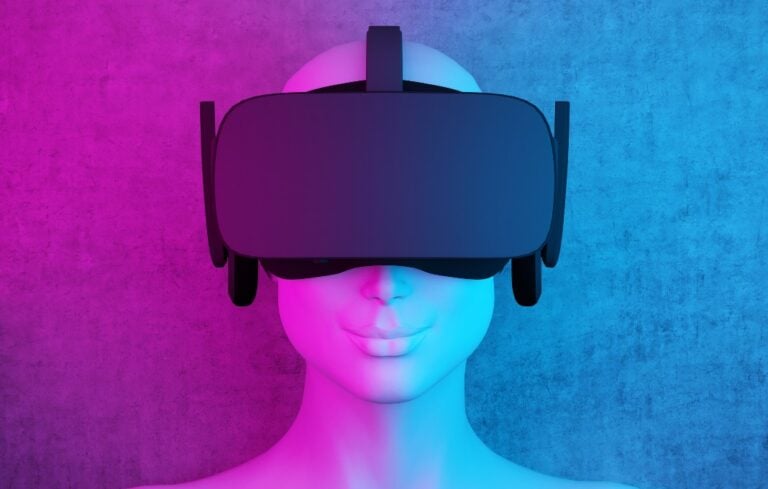
Every organization is being challenged and stressed by the Pandemic. Every leader is being called upon to lead others through this complex human horror. Many leaders that I talk to are focused on “what” we should do – running lots of financial scenario planning exercises preparing for the “what if’s”. When do we furlough or fire more people? When do we start bringing back people? That is necessary but not sufficient in my view.
What is also needed is a comprehensive detailed plan on the “how” you will bring people back to work. A plan focused on Human Physical Safety in the workplace. COVID-19 requires this!
By now every leader has either heard about or implemented the concept of Psychology Safety in the workplace to enable the highest level of human cognitive, emotional and behavioral performance.
I believe that if you want the highest level of human performance that is possible under the current circumstances when you bring your people back to work, your people will need to feel you are doing everything possible to make the workplace physically safe for them. Physical safety in this environment is necessary for people to feel psychologically safe. You have to doing everything you can do to mitigate fear and anxiety about physical safety.
That “how” will send a big message about what your brand stands for to your employees and to your customers. A message that you value human life and human wellness, and not just human productivity and financial returns.
What will be different for so many leaders will be that they will be dealing for the first time with major human physical safety issues—life or the possibility of death. The U.S. Military deals with “life or death issues” every time men and women are sent into combat zones. Some public utilities, manufacturing and chemical companies deal with it daily in their plants.
But, generally, leaders in knowledge industries, retail, entertainment, software, hospitality, agriculture, education, media, consumer products and personal services (other than health care), etc. rarely deal with the possibility of death arising from the work place. COVID-19 has changed that reality. It requires every leader to deal with the possibility of death being caused by workplace activities.
COVID-19 raises the following questions:
• How will you physically redesign your work environment to minimize the entry of and the transmission of the virus in your workplace?
• What daily processes/practices will you have to put in place to operationalize that minimization?
• How will you protect your employees who will be at higher risk because of their age or due to underlying conditions?
I believe you can’t just bring people back to work. You have to bring people back to a new and different physical place to work. A work place that is redesigned to mitigate the bringing of the virus into the workplace and to mitigate the transference of the virus in the workplace considering the fact that the virus can be transmitted asymptomatically.
Putting in place and enforcing procedures/processes that will mitigate your employees transmitting and contacting the virus at work will take time every day to implement thus reducing efficiency and productivity. That requires investing money in redesigning the workplace and the infusion of medical testing daily. It means you will have to invest in your employee’s physical safety until COVID-19 is substantially minimized by immunity via vaccination (or immunity obtained by recovering from the virus) which could take 18-24 months. The reality is that this is not a short-term risk. You will live with this risk until a vaccine is administered to the U.S. population.
Here are some things to consider:
• Will you test daily every person for COVID-19 symptoms as they enter the workplace— every employee’s and visitor’s temperature—and have them fill out and sign a COVID-19 symptom’s form before they enter the workplace?
• Will you stagger entrances, departures, breaktimes, lunch activities, etc., to optimize social distancing along with limiting the number of people allowed at any one time in meetings, work areas, elevators, bathrooms, etc.?
• Will you integrate virtual meetings in the workplace during the day to limit human face-to-face work?
• Will you enforce social distancing in parking lots, company transportation, hallways, bathrooms, and throughout the workplace?
• Will you put in place procedures for reporting and dealing with viral symptoms noticed by employees at work?
• Will you allow visitors to enter the workplace and under what pre-testing and conditions?
• Will you allow employees to visit clients or third parties physically and if so, under what conditions?
• Will coming into the workplace be mandatory or will it be on a voluntary basis since some companies have workforces now working remotely and are able to do that without much disruption to their business?
• Will you put in place protocols regarding: daily application of disinfectants; hand washings; on-site individual medical screening; use of protective equipment (gloves, masks, etc.); mandatory delineated social distancing; limiting hallway traffic at any one time; limiting the number of employees in break rooms, lunch rooms, etc.?
• How will you handle non-compliance issues and a worst-case scenario? What will you do if an employee reports symptoms or is running a slight temperature when tested at the company entrance?
How you minimize transfer of the virus at work—how you create Human Physical Safety —will determine the effectiveness of your economic reengagement.
If your daughter, son, spouse or significant other wanted to come work in your organization, what would you do to make it physically safe for her or him? Is that the mindset you need to adopt as you consider the “when” and the “how” you will bring your employees back to work?
Physical safety at work will be a big issue for every organization. It is a complex and a serious issue that will require leaders to prioritize values and to put in place a comprehensive set of processes designed to substantially mitigate the entrance of and the transmission of COVID-19 in their workplace.




Chief Executive Group exists to improve the performance of U.S. CEOs, senior executives and public-company directors, helping you grow your companies, build your communities and strengthen society. Learn more at chiefexecutivegroup.com.
0

1:00 - 5:00 pm
Over 70% of Executives Surveyed Agree: Many Strategic Planning Efforts Lack Systematic Approach Tips for Enhancing Your Strategic Planning Process
Executives expressed frustration with their current strategic planning process. Issues include:
Steve Rutan and Denise Harrison have put together an afternoon workshop that will provide the tools you need to address these concerns. They have worked with hundreds of executives to develop a systematic approach that will enable your team to make better decisions during strategic planning. Steve and Denise will walk you through exercises for prioritizing your lists and steps that will reset and reinvigorate your process. This will be a hands-on workshop that will enable you to think about your business as you use the tools that are being presented. If you are ready for a Strategic Planning tune-up, select this workshop in your registration form. The additional fee of $695 will be added to your total.

2:00 - 5:00 pm
Female leaders face the same issues all leaders do, but they often face additional challenges too. In this peer session, we will facilitate a discussion of best practices and how to overcome common barriers to help women leaders be more effective within and outside their organizations.
Limited space available.

10:30 - 5:00 pm
General’s Retreat at Hermitage Golf Course
Sponsored by UBS
General’s Retreat, built in 1986 with architect Gary Roger Baird, has been voted the “Best Golf Course in Nashville” and is a “must play” when visiting the Nashville, Tennessee area. With the beautiful setting along the Cumberland River, golfers of all capabilities will thoroughly enjoy the golf, scenery and hospitality.
The golf outing fee includes transportation to and from the hotel, greens/cart fees, use of practice facilities, and boxed lunch. The bus will leave the hotel at 10:30 am for a noon shotgun start and return to the hotel after the cocktail reception following the completion of the round.